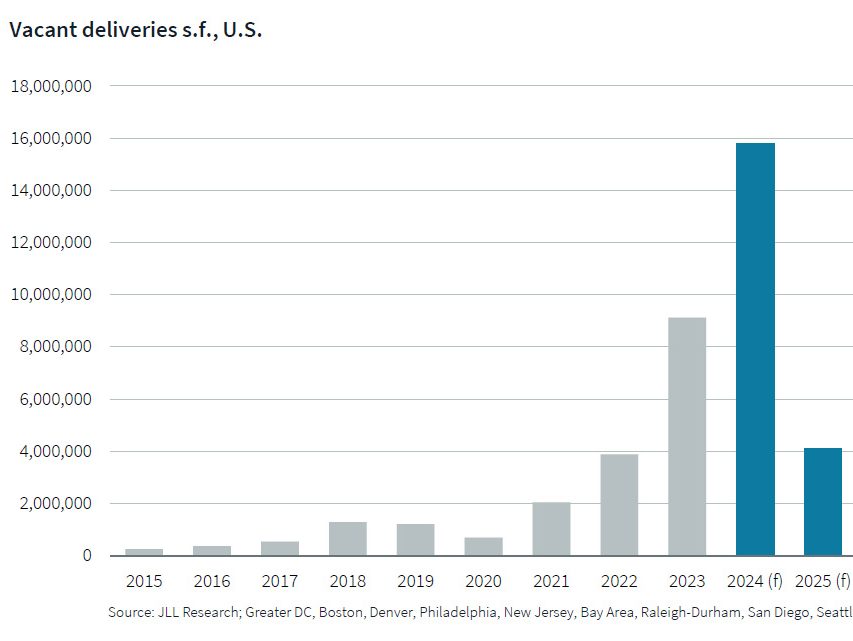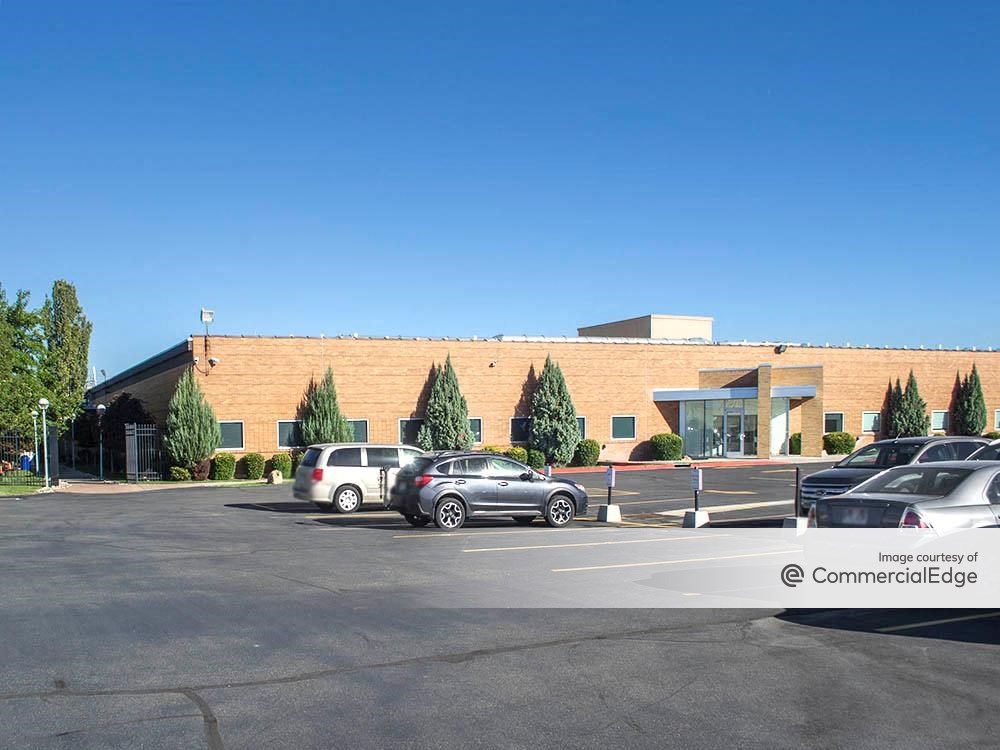The Ups and Downs of Baltimore’s Superblock
By Adrian Maties, Associate Editor Baltimore’s spending board has approved a six-month extension for Lexington Square Partners LLC to buy the site of Baltimore’s “superblock.” This exclusive negotiation deal with the city was first extended last December and was supposed to [...]
By Adrian Maties, Associate Editor
Baltimore’s spending board has approved a six-month extension for Lexington Square Partners LLC to buy the site of Baltimore’s “superblock.” This exclusive negotiation deal with the city was first extended last December and was supposed to expire at the end of June. It will now be extended until December 31.
The superblock is bounded by West Clay, West Fayette, Howard and Liberty streets. City leaders have been trying to attract private investment to this area of Baltimore for more than ten years. It was once a vibrant retail center, but most stores either closed or moved to suburban locations over the years. Now it is mostly vacant. Revitalizing the area will provide an important link between the city’s west side and downtown.
In 2005, Lexington Square Partners was selected for the project. It involves the sale of several city-owned properties to the developer. Lexington Square is a partnership comprised by the Dawson Co. of Atlanta and New York-based companies Next Generation Chera LLC, BLDG Management Co. Inc., and the Feil Organization .
The $150 million development would be bound by Park Avenue, Fayette, Howard and Lexington Streets and would include a 27-story hotel, 179,200 square feet of retail space, 350 apartments and about 800 parking spaces.
The entire project has been, however, marked by controversy. Orioles owner, Peter G. Angelos, has filed a lawsuit against the Mayor and City Council, Baltimore Development Corp., Lexington Square Partners and Maryland Historical Trust, accusing that political intrigue and improper concessions to the developer have tainted the project. An earlier Angelos suit went to the state’s highest court twice before it was resolved in the city’s favor last year. Historic preservation and civil rights groups have also been opposed to parts of the project, saying that it is better to restore historic buildings than to tear them down and that preservation-based development creates more jobs than new building construction.
The project has received a lot of support from city officials. Mayor Stephanie Rawlings-Blake stated that the project would create approximately 750 permanent jobs. However, several more layers of approval will be required before construction or demolition work can start.






